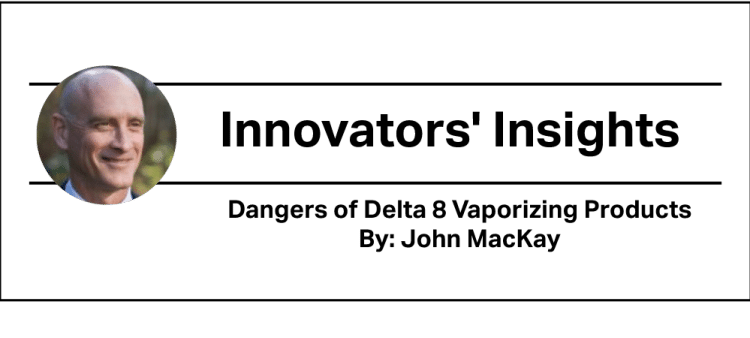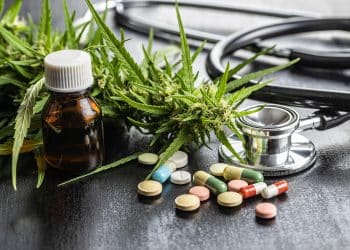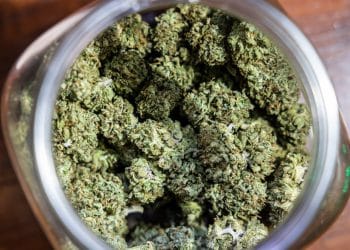If you only had three wishes in 2022 for the cannabis industry, what would they be? My list has grown over the past 10 years. I am not sure I could pick out just three for 2022.
My first wish would be to have the general public educated enough in the cannabis products in our market today. They need to understand the chemical processes used to make them make informed decisions. Cannabis is a plant that synthesizes compounds in a particular stereochemistry using very specific synthases[1]. The human body has highly discriminating tastes. To increase the amount of a product that does not have a straightforward synthase process in the plant will involve heat, light, and chemicals.
My second would be for the general public to understand that there is little difference between a person who will not read and a person who cannot read. The potential for both is equal. I want them to read scientific studies. Most of these are open access, meaning they are free to read. Does everybody need to be a scientist to understand them? The obvious answer is “maybe,” but that doesn’t exclude a person from attempting to read the abstract, the conclusions, and the references.
My third is that the regulatory agencies must become more actively involved in testing products on the marketplace. Heavy metals, residual by-products, a high level of unlabeled cutting agents, and enantiomeric excess of other unintended by-products are prevalent in the products. Are all the products non-compliant? I do not think that is accurate. I think it will allow the processes providing what is on the label to demonstrate their high cost of production is valid.
An article that deserves a close read is by Irfan Rahman and Jiries Meehan-Atrash from the Department of Environmental Medicine, University of Rochester Medical Center, Rochester, New York (https://pubs.acs.org/10.1021/acs.chemrestox.1c00388). This article focuses on the materials currently in the delta 8 THC vaporizing pen. They tested commercially available products for the label versus actual ingredients on the market. The bottom line is that they all were not accurate in their label claims because the analytical method could not provide accurate results.
The most alarming is all the residual reagents in the products. This does not even address my concerns about isomerization and “enantiomeric excess.” If “enantiomeric excess”[2] is unfamiliar to you, you could be unknowingly producing isomerized products. If you purchase ingredients from a third party and do not have the products tested to look for the compounds, this should be more of an alarm.
The current American public is offering themselves up as lab rats. The number of companies and advertisements that I see four isomers of delta 8 THC. Delta 8 THC isomers are compounds that may not be directly poisonous to humans. Though that also does not exclude them either. All the unaccounted-for compounds in the mixtures that people assume are very safe are based on claims of companies providing these products.
[1] https://en.wikipedia.org/wiki/Tetrahydrocannabinolic_acid_synthase
[2] https://www.fda.gov/regulatory-information/search-fda-guidance-documents/development-new-stereoisomeric-drugs












